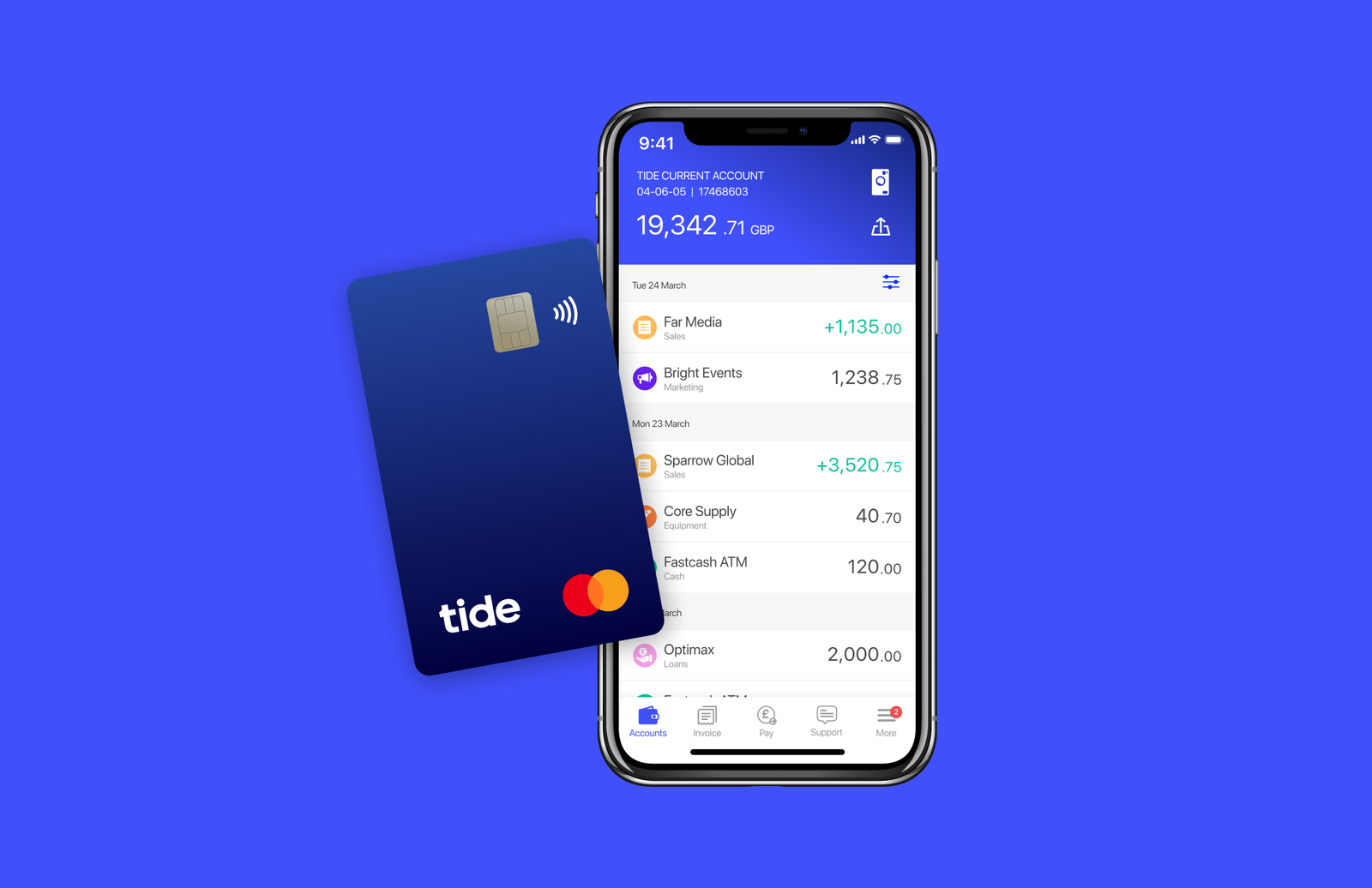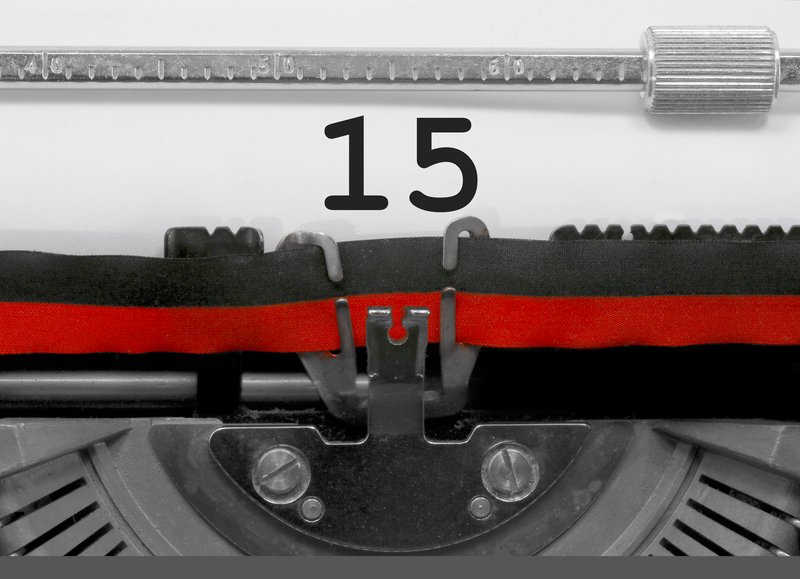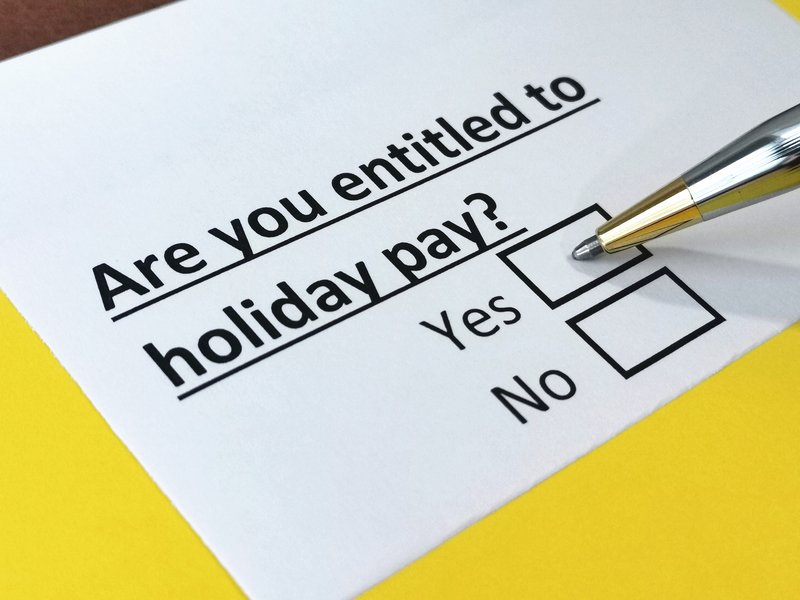Being a sole trader gives you unlimited freedom. Freedom to set your own hours, pick which projects to work on, and even how much you want to work. But that freedom comes with responsibility.
There are no paid sick days. No paid holidays. And no workplace pension, either. You’ll need to set one up yourself.
Unfortunately, when it comes to the latter, research suggests the self-employed aren’t doing so well. According to the Institute of Fiscal Studies, only around 16% of the UK’s 5 million self-employed are currently saving in a pension.
The good news, if you’re one of the other 84%, is that it’s an easy problem to fix. Starting a pension is relatively straightforward. And once you’ve opened an account, you can set things up so your savings take care of themselves.
Here’s what you need to know about setting up a pension when you’re self employed.
Why save into a pension fund?
You should save into a pension fund for two reasons:
- So you can live more comfortably when you retire
- Because it has attractive tax benefits
Safeguarding your retirement
While your National Insurance contributions entitle you to a state pension, this will only get you so far.
According to the Pensions and Lifetime Savings Association, you need at least £10,200 a year — or £15,700 a year if you’re a couple — to live comfortably as a pensioner. At £221.20 a week, the current state pension falls decidedly short.
The money you set aside in a pension fund will bridge this gap and make it so you have more money to spend on hobbies and other luxuries that will make your retirement more enjoyable.
Pension tax benefits
Saving money in a pension fund also has tax benefits.
For every £1 you save in a pension fund up to the lower of 100% of your annual earnings — this is your net profit if you’re a sole trader, and your salary and dividend income if you’re a limited company — or £60,000 a year, the government will pay tax back into your pension at your marginal rate. This is the Annual Allowance
So, if your highest rate of tax is 20% and your profit is £30,000, the government will give you 20% of your tax back up to a maximum of £6,000. And if you earn £80,000 and save £40,000, the government will kick in £14,000.
This calculator works out how much tax relief you could get based on your annual earnings.
If you’re set up as a limited company, contributions to your pension fund that you make through your company up to £60,000 a year are allowable expenses. So, saving into a pension fund can also help lower your corporation tax bill.
We’ll discuss the tax implications of saving into a pension fund in more detail shortly.
What’s the best pension for sole traders?
This depends on your personal circumstances and preferences. There are three main types:
- Personal pensions — the most popular type of pension for the self-employed
- Self-invested personal pensions, which require more of your involvement
- Stakeholder pensions, ideal if your business hasn’t taken off yet or you want more flexibility
Personal pensions
A personal pension works the same way as a workplace pension. The only difference is that you set it up yourself.
Once you open an account, you start making regular monthly payments. You can also make one-off payments.
Personal pensions are simple, straightforward, and require minimal input from you.
A manager will assess your appetite for risk, invest your money in line with your risk profile, and monitor your investments to make sure you get the best returns. They’ll also handle tax relief, which will get deposited directly into your account.
The main disadvantage is that they’re somewhat inflexible.
Most personal pensions require a minimum contribution which you’ll have to commit to paying each month. This can be an issue if your income is irregular, for example because the nature of your business means demand is seasonal.
Self-invested personal pensions
As the name suggests, self-invested personal pensions, known as SIPPs for short, are more hands-on.
You can appoint a manager to monitor your investments and make decisions on your behalf. But the main draw is that you get to pick which funds and stocks your money’s invested in.
Needless to say, this high level of control is only an advantage if you’re comfortable picking your own investments. If you’re not sure about what you’re doing, you’re probably better off with a personal pension.
SIPPs also tend to be more expensive, because you pay fees per investment instead of a management fee on your whole portfolio.
ii – a Which? Recommended SIPP for self employed people
ByteStart has partnered with Interactive Investor, a Which? Recommended Self-Invested Pension Provider (SIPP) provider. They charge a low, fixed monthly fee – not a percentage of your pension pot.
Stakeholder pensions
Stakeholder pensions are designed to encourage more people to save for retirement. So they’re cheaper, more flexible and more accessible.
They must meet the following requirements set by the government:
- Fees capped at 1.5% of your pension pot a year for the first 10 years and 1% of your pension pot thereafter. You can also transfer other pensions to a stakeholder pension for free
- A very low minimum contribution of £20 or less. You can also stop or restart contributions whenever you want without having to pay a penalty
- While you have the option of choosing which fund to invest in, you don’t have to. There’s a default investment fund your money is put into if you prefer not to choose
How much should you save into a pension?
The short answer is: as much or as little as you can afford. It goes without saying, but the more you can save, the more your pension pot will grow.
A good rule of thumb is to save a percentage of your earnings equivalent to half the age you were when you started your pension. So, if you started your pension aged 34, you should save 17% of your earnings each year.
That said, every little helps. It’s better to save £10, if that’s what you can afford, than to save nothing at all.
Here are some tips to help you maximise your pension savings:
- Start as early as possible. And yes, if you don’t have a pension plan this means look into starting one today
- Be as consistent as you can. It’s better to save £50 a month than £200 every six months
- Pay into your pension by direct debit, so you can set it and forget it
- Review your contributions regularly and increase them as your income grows
What’s the most tax-efficient way to pay your pension?
If you’re a sole trader, there’s only one way to pay into your pension. You make contributions from your net profit and most pension plans will automatically collect tax relief for you.
The key thing to bear in mind is that you cannot pay in more than 100% of your net profits or £60,000 a year (the 2024/5 Annual Allowance), whichever is the lower.
If your net profits are £30,000, you can only pay up to £30,000 into your pension in that year. And if your net profits are £70,000 you can only pay up to £60,000 into your pension in that year.
Anything over this limit will result in tax relief no longer applying. Instead, your contributions will be taxed at your marginal rate.
That said, you can carry over any part of your unused allowance from three years back.
Let’s say you’ve earned £50,000 a year in 2021, 2022, and 2023. This means your annual allowance for each of these years was £40,000. You contributed nothing in 2020, and £10,000 a year in 2022 and 2023.
The Annual Allowance for these three years was £40,000 at the time.
This means you have an unused allowance of £100,000.
In 2024/5, you can pay £100,000 into your pension pot and get tax relief. The only catch is that, to benefit, you will also have to pay another £40,000 into your pension — for 2024/5.
It’s also worth noting that the £60,000 (Annual Allowance) limit will decrease if:
- Your ‘adjusted income’ — your taxable income plus your pension contributions, including tax relief — exceeds £260,000 a year
- Your ‘threshold income’ — your adjusted income less pension contributions — exceeds £200,000 a year
Don’t let retirement creep up on you
There’s an old fable about a cricket and an ant.
The ant worked hard all summer, gathering food for the coming winter.
But the cricket spent the whole time relaxing, singing, and laughing at the ant for spending all its time working.
Well, winter did come round, eventually. And while the ant had enough food to tide it over until the next summer, the cricket ended up with nothing.
As humans, we’re wired to prefer instant gratification over long term goals.
Why set money aside to spend two decades down the line, when you could spend it on stuff that’ll make you happy today? Right?
But just as winter eventually came and spelled trouble for the cricket, two decades will pass too. And when they do, you’ll want to enjoy the new chapter to the fullest.
So make sure you’re prepared.
Open a pension and start saving something today.
Introducing the ii SIPP
- ByteStart has partnered with Interactive Investor, a Which? Recommended Self Invested Pension Provider (SIPP) provider.
- With the ii SIPP, you pay a simple flat fee, not a percentage fee.
- You can also use the ii SIPP to bring together other pensions you may have, and manage everything in one place via their website or user-friendly app.
- You can find out more here.
Subscribe to ByteStart's monthly small business owners' newsletter!

|
Free Tide Business Bank Account - £50 Cashback!Simply open a free business current account to qualify + 12 months free transactions. Read our Tide review. Open a Tide savings account at the same time and earn an excellent 4.07% AER (variable) on your spare funds. |










